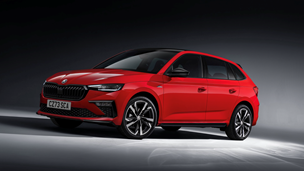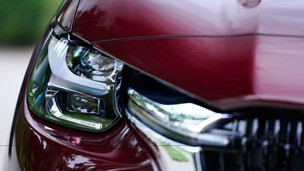Driving fast is four times scarier than watching a horror movie, according to a new study released by Portsmouth University.
Not only that, but the research showed that people get more nervous while putting their foot down than they do jumping out of a plane, riding a rollercoaster or even proposing to a significant other.
To test it out, the university’s researchers carried out tests on volunteers at the Goodwood race circuit, where they were taken on a series of hot laps by stunt driver Niki Faulkner.
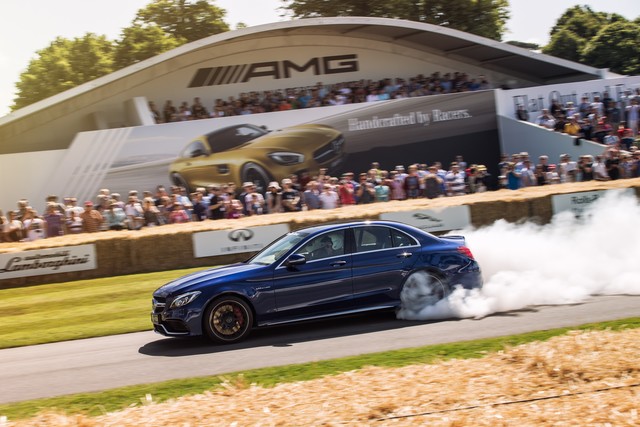
The driver, who has worked on blockbusters like Rush and Mission Impossible 5, hit speeds of 120mph with the passengers strapped in and monitored with specialist equipment.
Heart rates and stress levels were measured, with high-speed driving found to raise heart rates by a full 100 per cent, while horror flicks like The Exorcist raise them by a mere 25 per cent.
Dr Chris Wagstaff, of Portsmouth University’s sport and exercise science department, said: “In situations of fear and excitement, the body reacts according to a combination of our thoughts and survival instinct - reactions are faster, our heart rate increases.
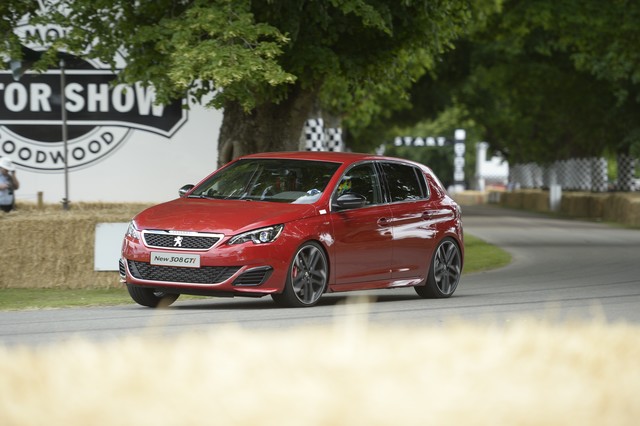
“This is part of the evolutionary fight or flight response humans developed many hundreds of years ago. However, in the absence of natural predators to trigger such responses, humans occasionally seek out risks or thrills.”
The study showed that the heart rates of drivers travelling between 80 and 100mph double from an average of 60 beats per minute to as much as 181 beats per minute.
Comparatively, the average heart rate for skydivers about to do a parachute jump registers at 170bpm, while riding a rollercoaster clocks in at 155bpm. Plucking up the courage to propose, meanwhile, raises heart rates to around 130bpm.
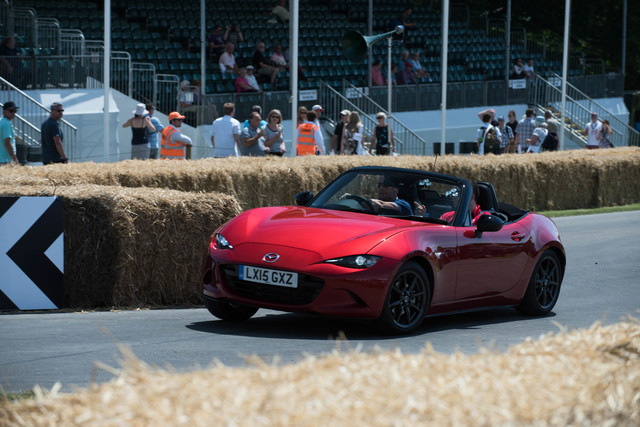
As well as raising heart rates, the volunteers also showed extremely high levels of stress, with anxiety increasing by an average of 370 per cent while caning it round the Goodwood circuit.
However, it’s not all bad news, as the adrenaline from the experiment gave the volunteers the same boost as a strong shot of espresso, boosting reaction times by six per cent.
